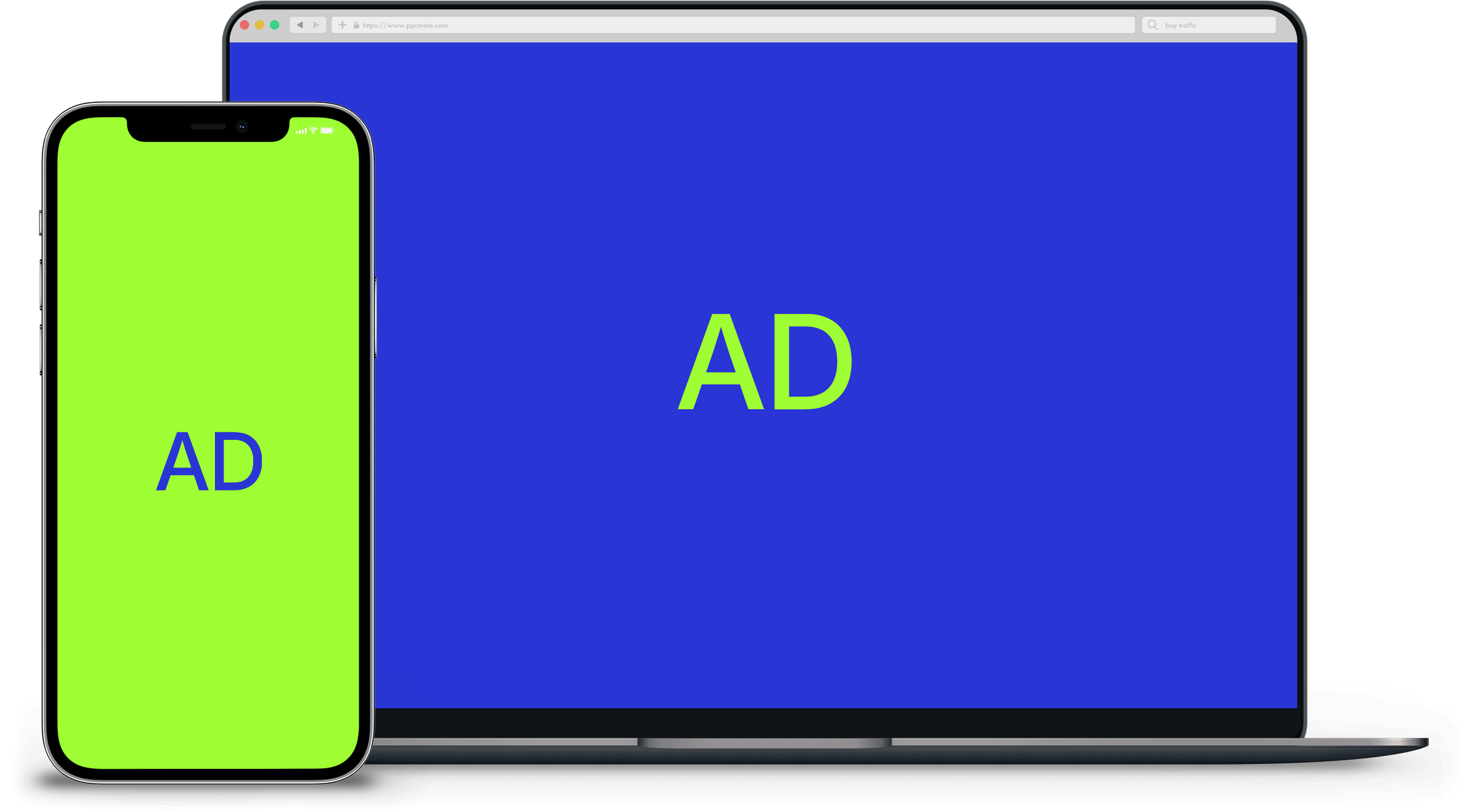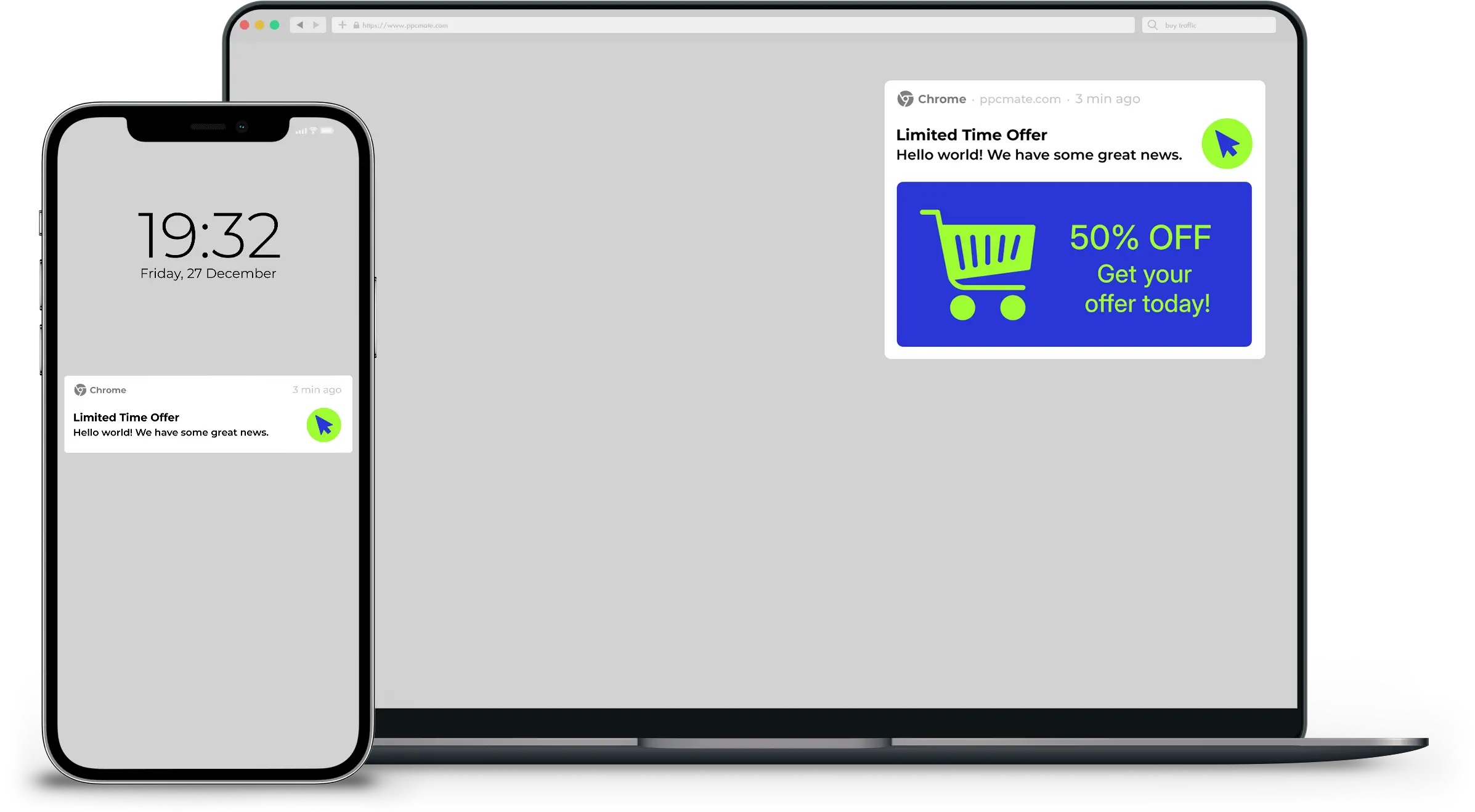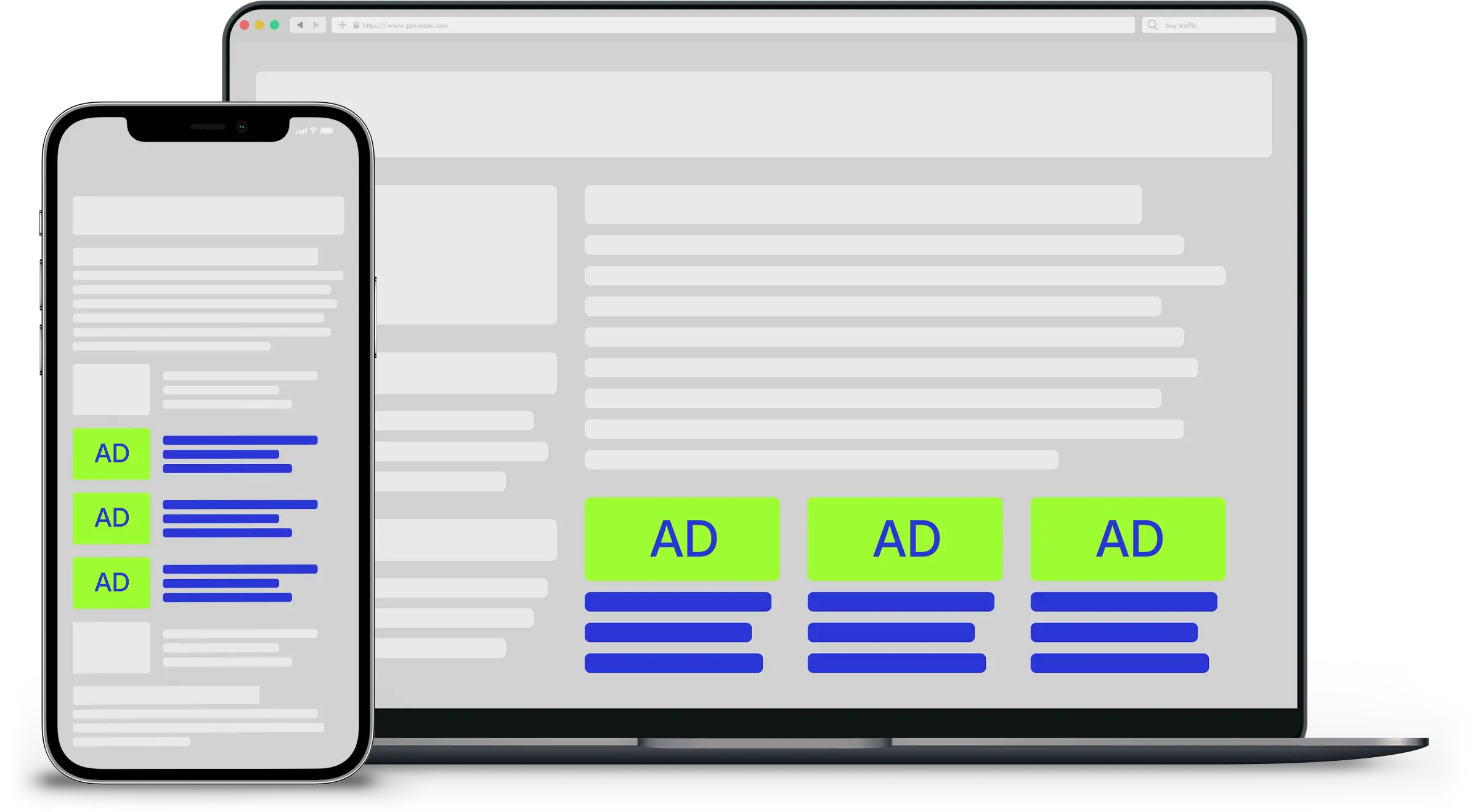We live in an attention economy. And the reality is that consumer attention has gotten very expensive. In fact, it’s only becoming rarer by the day. What’s unfortunate is that marketers in their frantic pursuit to grab their audience’s attention are churning out more content at lightning speed in the hope that this will get them those clicks and views. But all this is leading to is content overload.
The growing content glut
Each year, trillions of display ads are shown online and billions of content pieces are shared on social media. This makes it even harder for marketers to cut through the noise. They make the best judgement calls they canby always making an unconscious reference to their own cultural values, their experiences as consumers themselves, their knowledge, their professional and social circles, and to what has worked well for them previously.
When faced with decisions regarding which content format to choose, which platforms they can use for content amplification or types of headlines they need to write, their tendency is to refer to their natural intuition for a solution. Their gut has always held them in good stead.
A well-trained gut is, undoubtedly, a powerful tool in a marketer’s arsenal. But toenable marketers to make smarter decisions about the content they choose to create,the gut needs to be strengthened.It needs to be made sharper. This is where data comes in.
In fact, a recent ZIRCA-IMRB study of the current digital media planning process uncovers some interesting insights.
Digital media planning today
To begin with, how do we identify our target audience today? We are so used to slicing up our audience by age, gender or location that we don’t stop to consider the critical question: “Is this information telling me all that I need to know about my consumer?” For example, a young mom, a fashionista and an avid gym rat may all have the same age, gender and location. But their attitudes, interests, personalities and passions may be radically different from one another.
So, how is the current content planning process capturing these insights? It’s not. The young mom may find fulfilment in her career and in her family; she may also be dealing with health issues such as lack of energy or weight gain. The avid gym rat, on the other hand, might be a big fan of classical music. These crucial insights are missing from the traditional age and gender profile you’ve created of your target consumer.
Think about website selection. When marketers select publishers or websites to host their content on, what metrics do they look at? They typically look at the number of website visitors or reach, average time spent, available inventory, and how much interest a reader has in a particular piece of content. Their natural instinct is to pick those websites that have a high reach, the necessary inventory, etc. But, do those websites attract the audience these marketers are trying to reach? Is that website or publisher right for the type of content you want to publish?Can you say for certain that your great content will gain the desired traction on a particular website?
As you can see, marketers are relying on their gut, experience and self-perceptionsto make decisions about content. They want to ‘do it all’ by publishing their content on a host of websites only to find that they are not getting the results that they hoped for.
Evencontent creation-everything from headlines to content formats-is driven by what marketers think will resonate with consumers. Sometimes they create content keeping their audience in mind, and sometimes they do so with the goal of reaching the largest audience possible. In this mad rush to create more content they don’t analyse, they simply dive in.
Content optimization, too, depends on the experience or expertise of the planner/brand manager. This leads to connecting with the wrong audience at the wrong place. In fact, it could actually do more harm to your brand than good.
This brings us to the challenge facing today’s marketers: How do we create content that connects with our audience and offers a moment of magic for them? It is imperative to generate content that genuinely adds value to the consumers’ lives;something that is interesting, inspiring and shareable.
How do you make your content stand out in a saturated space?
Don’t lose sight of your audience
The answer to all of these questions lies in understanding two things. Firstly, your audience is NOT a number.
By that I mean, put your audience at the heart of your content to enable it to reach its full potential. Vanity metrics like shares, likes and comments are not enough to know whether your content is hitting its target.Content planning has to be driven by insights, which is only possible if you close the gap that lies in your understanding of your audience.
Secondly, the power of gut needs to be harnessed with data.
Gut will surelycontinue to be an important influence on your content planning decisions, but it needs to be bolstered by robust research-backed insights about your audience’s needs, desires, interests and passions.So, look beyond demographicsto create content that’s not only relevant and engaging, but also customised to your actual audience.To create compelling stories, ask yourself who your audience is, what their interests are, what kind of content formats do they prefer, where do they spend time online, and how you can reach them.
Armed with this information about the content your audience seeks-and understandinghow their interests influence their content consumption behaviour-will enable you to make data-informeddecisionsabout how to best plan your content consistently. Marketers may trust their gut instincts, but they must let data be the driving force behind their content planning decisions.
Disclaimer: The views expressed in the article above are those of the authors’ and do not necessarily represent or reflect the views of this publishing house. Unless otherwise noted, the author is writing in his/her personal capacity. They are not intended and should not be thought to represent official ideas, attitudes, or policies of any agency or institution.
___
by Neena Dasgupta
source: BUSINESSWORLD









